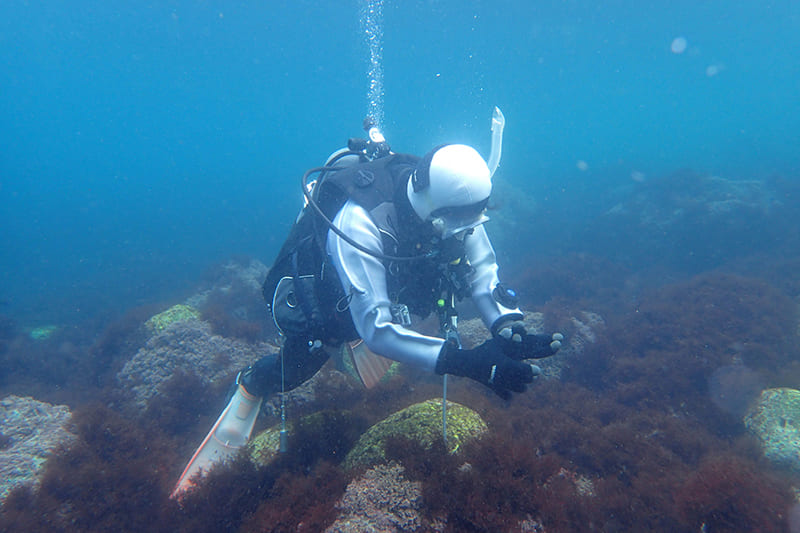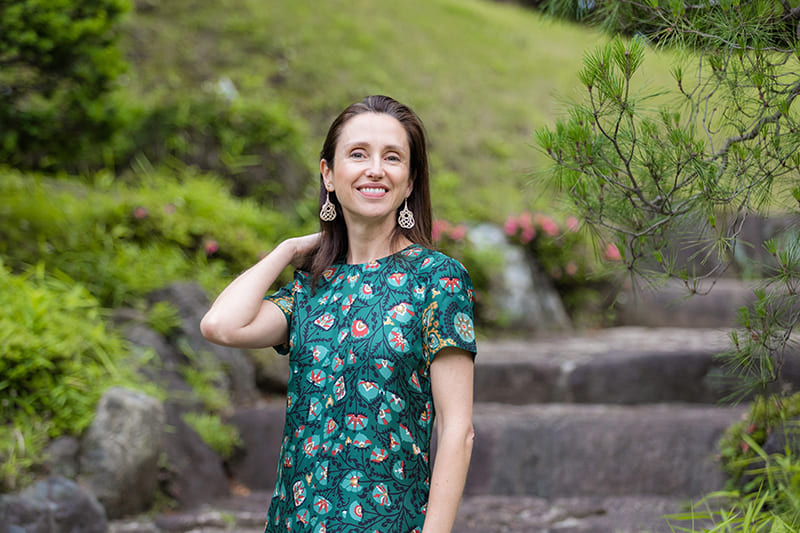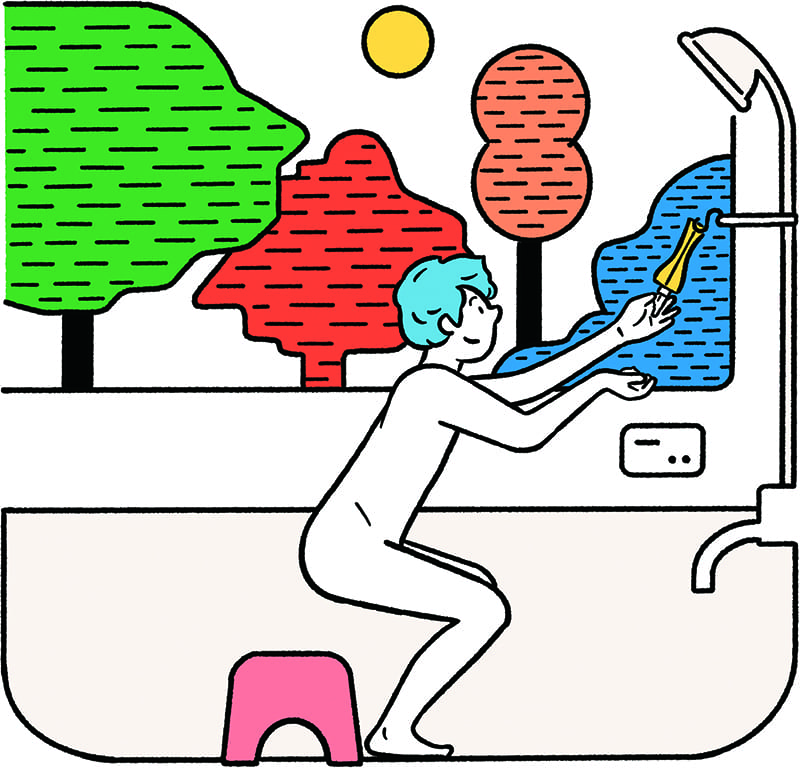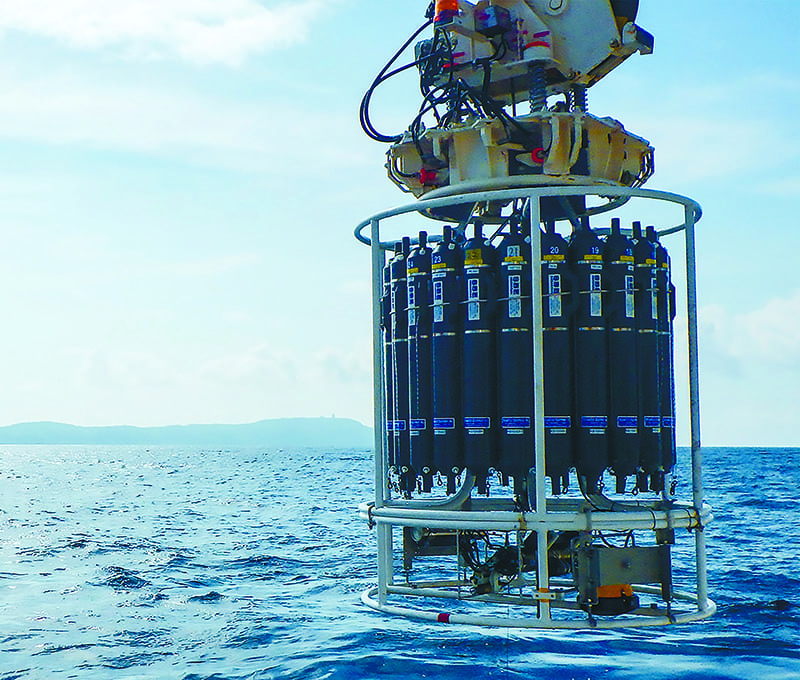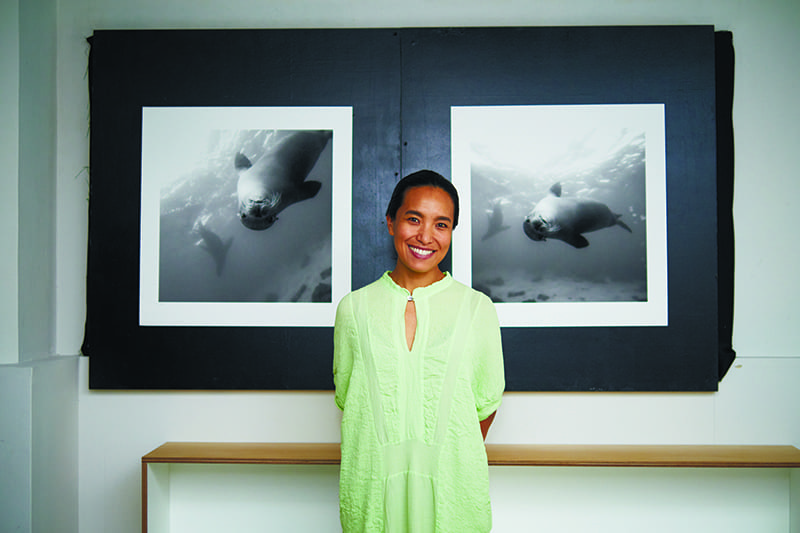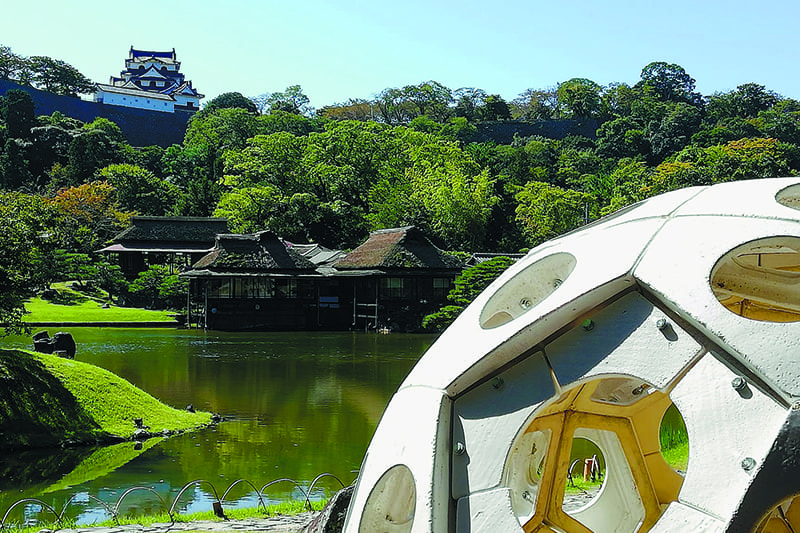September 27, 2021
How to see the world in a grain of microplastic
PLASTIC WASTE
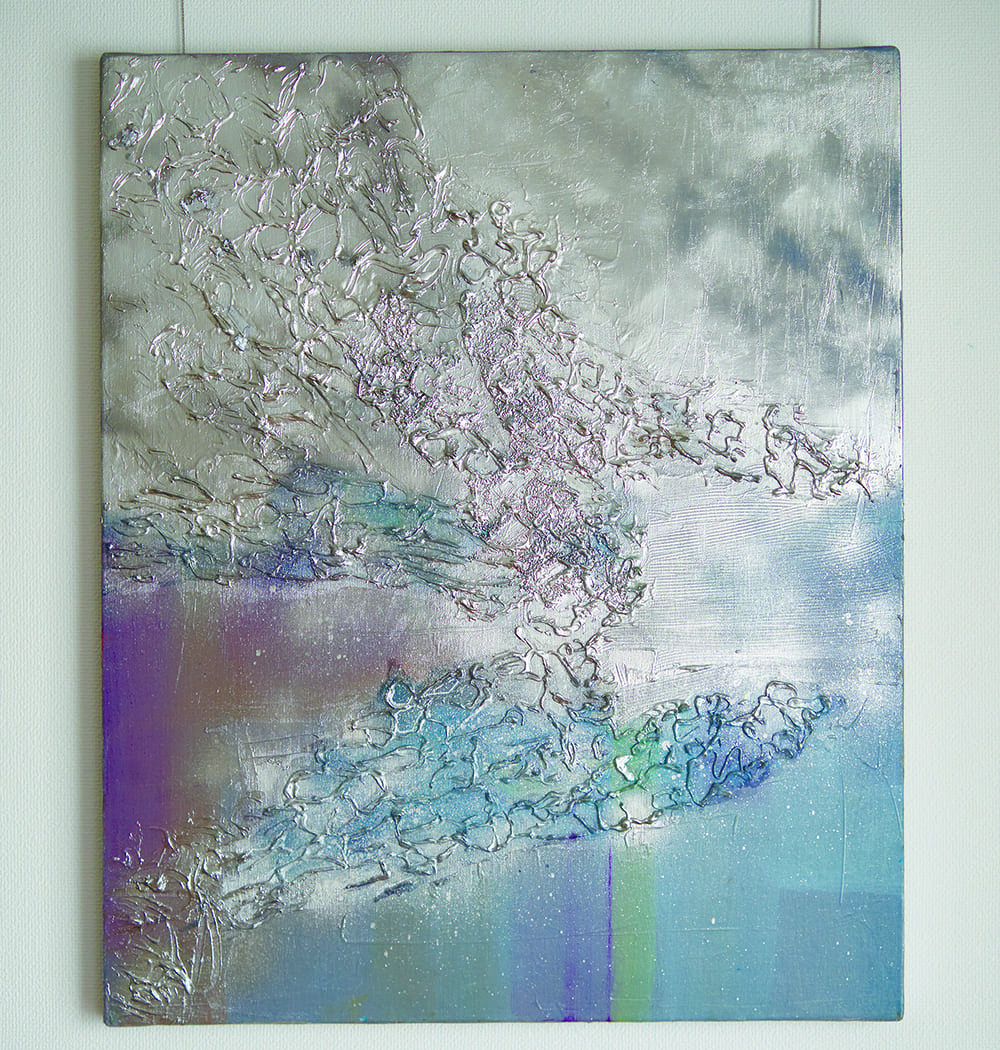
PHOTO: KOUTAROU WASHIZAKI
Recently the problem of plastic waste in the ocean is receiving attention all over the world. According to the Annual Report on the Environment, the Sound Material-Cycle Society and Biodiversity in Japan released by the Ministry of the Environment in 2019, about 8 million tons of plastic waste are discharged into the ocean every year. And it is estimated that in 2050 the weight of all plastic waste in the ocean will exceed that of sea life. Once in the ocean, plastic waste remains there semipermanently, breaking down only into microplastics, with a diameter of 5 millimeters or less, that stay there, raising concerns about their long-term impact on the marine ecosystem. The fact is that little is known about the kinds and volume of microplastics already in the sea, and the long-term effects they will have.
These kinds of environmental issues can seem remote from our everyday lives, but there are visual artists trying to raise awareness through art. Makiko Takashima, who studied “information experience design” at the Royal College of Art in London, is currently working on a project involving plastic waste collected from the sea.

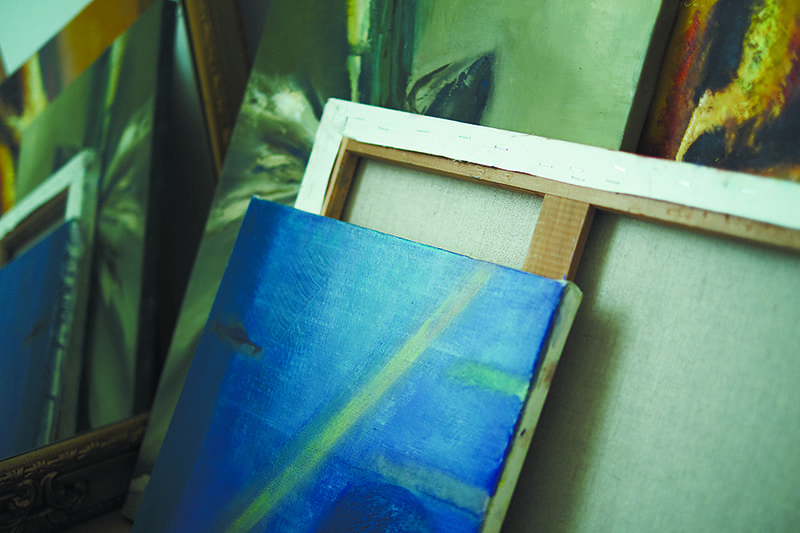
After working as a professional dancer in Japan and abroad, Makiko Takashima went to England to explore the relationship between the body and space. She collaborates with people from all over the world, including designers, engineers, scientists, architects and researchers. Based in Tokyo since 2019.
PHOTO: KOUTAROU WASHIZAKI
“Since I started diving, I have become more aware of environmental issues,” she said. “When you dive, you realize how much plastic trash is scattered near the bottom of the sea. Even in the most beautiful of seas, there are serious problems.”
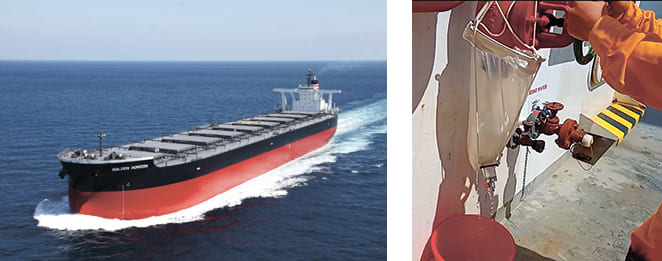
COURTESY: NIPPON YUSEN KAISHA
While looking for a way in which she could address the problem as an artist, Takashima met Rie Tai, an environmental conservation consultant, and associate professor Yutaka Kameda of the Chiba Institute of Technology, who conducts research on microplastics. In this way she could get advice and support in producing her works. She learned that Kameda’s research laboratory is collaborating with the shipping company NYK Line to conduct a large-scale oceanographic survey of microplastic distribution around the world. Currently, NYK is collecting microplastic samples using its network of about 750 vessels. Kameda’s research laboratory will investigate the size and concentration of microplastics after collection, and plans to create a map of global marine plastic garbage. With Kameda’s cooperation, Takashima is now creating paintings that highlight “the existence of plastic fragments that are otherwise difficult for people to visualize” by attaching plastic fragments to her canvases and then painting over them.
“We’re told that even from our daily laundry, microplastics that can’t be caught by filters are actually leaching into the sea. It is not yet clear what kind of impact they will have, but by the time we notice a problem it will be too late, so being able to make people be aware of it now, at this early stage, is part of the power of art,” she said. “But I’m still trying to work out the best method of expressing this, so am still experimenting. If in future we can create a distribution map of plastic waste, then I will update the work based on that. Personally, I like to focus on creating works that will appeal directly to the five senses, such as sight and hearing. Even where straight numerical data might not seem real to people, the work will enable the viewer to intuitively and physically grasp the nature of the problem.”
海洋プラスチックごみをアートで可視化する試み。
2019年の環境省の発表によれば、毎年約800万トンのプラスチックごみが海に流出するという。海中のプラスチックは半永久的に分解されず、直径5mm以下の「マイクロプラスチック」として海中にとどまる。しかしどんな種類や量のマイクロプラスチックがあり、それがどう影響を及ぼすかはまだ解明されていない。
その問題をアートを媒介として社会に発信する作家が高島マキコさんだ。海から回収したプラごみを使い作品制作を進めている。環境保全コンサルタントである田井梨絵氏や千葉工業大学・亀田豊准教授から、さらに亀田研究室と日本郵船との連携から大規模な海洋調査を行っていることを知った。現在、日本郵船では約750隻におよぶ自社の運行船ネットワークを活かし航海中にマイクロプラスチックを採取している。そこで高島さんは、その協力のもと、採取されたプラスチック片をキャンバスに貼り付け、上から絵具を重ね塗ることで「可視化されにくいプラスチック破片の存在」を訴える絵画作品を制作している。
Return to Sustainable Japan Magazine Vol. 4 article list page

